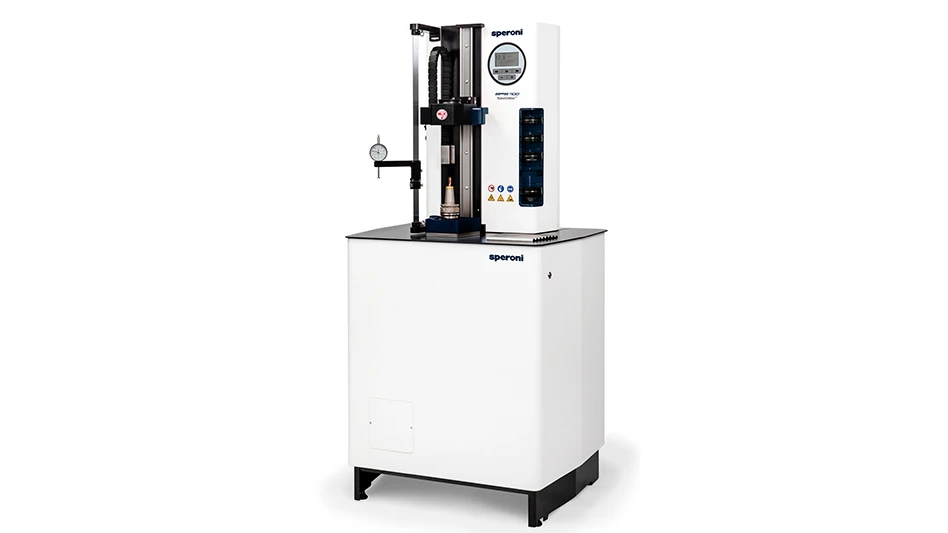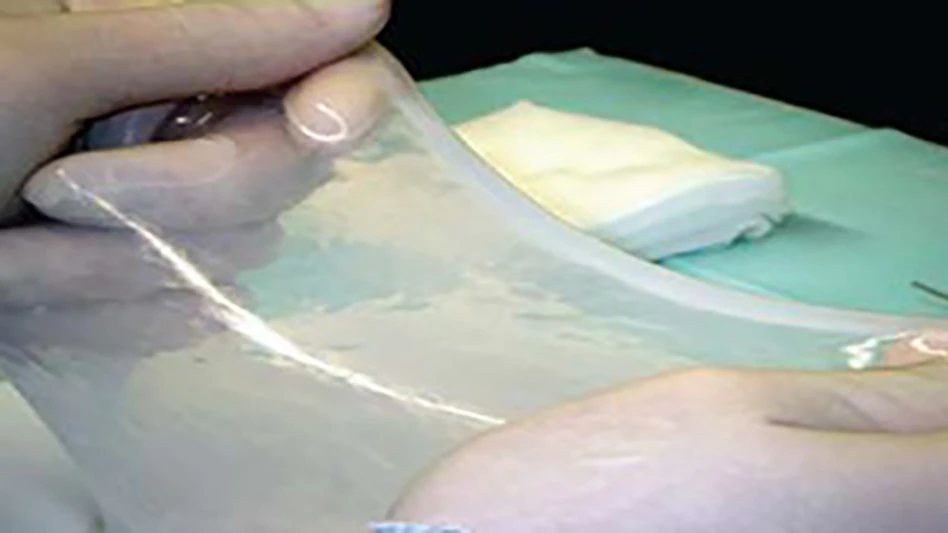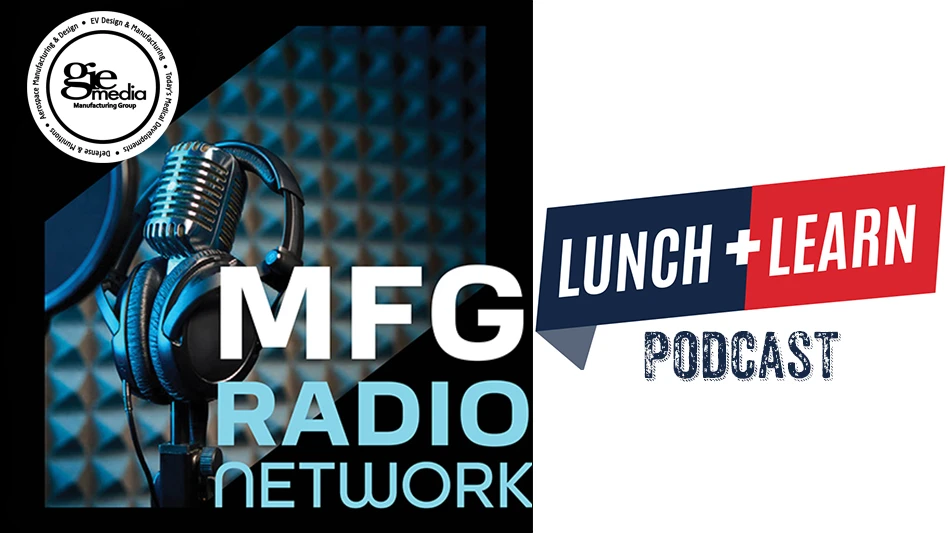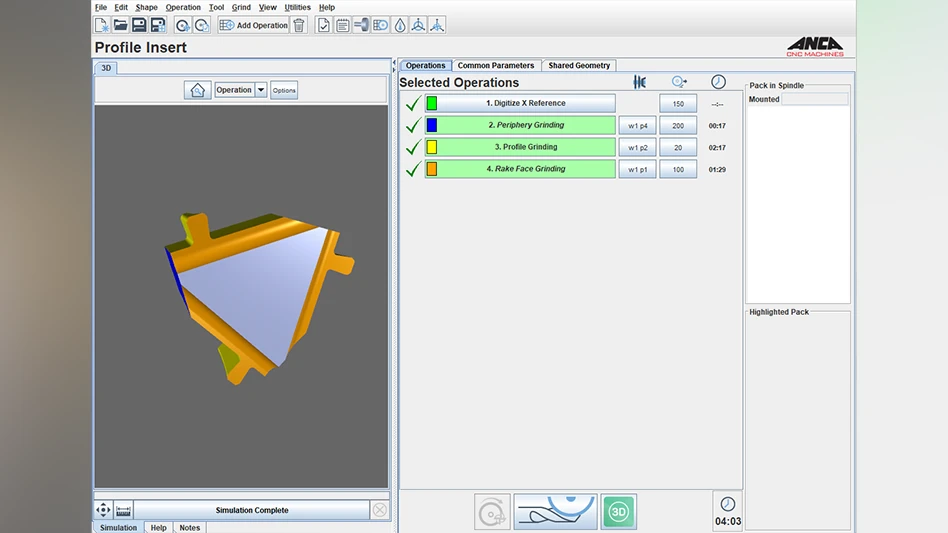
Editor's Note: This article originally appeared in the July 2025 print edition of Today's Medical Developments under the headline “Ensuring supply chain stability in unstable times.”
The manufacturing industry is currently in a state of uncertainty due to the recent announcement of tariffs on countries including Canada, Mexico, and China – and subsequent reversals, reinstatements, postponements, and general confusion. As companies scramble to adapt to the shifting landscape and plan for the future, many are considering relocating their supply chains closer to home.
“Onshoring gives a lot more control, a lot more quality, and in today’s world with tariffs, it also takes away a lot of the uncertainty,” says Kent Savage, founder and executive chairman of engineering and manufacturing services provider Velocity Group.
Located in Cambridge, Ohio, Velocity Group’s operations are 100% U.S.-based. The company offers end-to-end services from design to production as well as assistance to manufacturers looking to onshore or reshore their operations. According to Savage, they’ve seen an increase in manufacturers wanting to reshore since the tariff announcements – though the impacts of doing so will likely last much longer than the current economic instability.
“The tariffs are high now. They probably won’t be this high forever,” he says. “But it’s not just the economics, it’s not just the tariffs, it’s being close to your customer. It’s being able to iterate, to shorten the supply chain, and control the quality. And in some cases it’s IP concerns – there are serious intellectual property risks of being offshore.”

In the few days since this conversation, the United States and China reached a deal to dramatically reduce their tariffs on each other for 90 days, spurring a rebound in the stock market. What happens after those 90 days remains to be seen, and the constant ups and downs of the past few months have left many companies seeking new ways to achieve consistent stability. For many, however, there’s the question of where to start, which is where an onshoring partner such as Velocity Group can be an invaluable asset.
Learning from experience
Savage, a serial entrepreneur, founded Velocity Group 11 years ago as a response to issues he was having with offshoring manufacturing for some of his other companies. Tooling wasn’t coming in from overseas with the quality needed for sample parts, leading to numerous iterations and costing time and money. So Savage began buying tooling manufacturers so his companies could make their own tools, which led to doing their own injection molding and assembly. He then realized if he was having these issues, others would be as well, so he created Velocity Group to share the onshoring and reshoring knowledge he’d accumulated.
That knowledge has continued to build within Velocity Group through its years of operation. The company has an employee base with expertise in a broad range of products and how to manufacture them efficiently, addressing one of the challenges many medical device manufacturers face in the reshoring process.
“You need a supplier that understands that space,” Savage says. “If you took a medical device to a supplier that makes auto parts and has never done medical, there’s probably a lot of domain expertise and knowledge specific to medical devices that would have to be learned. That’s a big challenge: finding a supplier that has enough integrated services to do most or all of the products or components you need.”

The medical device manufacturing industry has many specific needs, including stringent quality standards and low quantity production runs. Velocity Group often works with companies with complex requirements, and they start with a consultative approach, discussing end goals, resources, and how they can work together to most efficiently meet those goals. Many of Velocity’s employees have been with the company for its entire lifespan, with additional workers being brought on to meet emerging needs within its client base.
Velocity Group is also growing its certification portfolio. The ISO 13485 certification, for example, allows it to work with the increasingly sophisticated requirements of many medical devices, and it also offers an FDA Class 7 cleanroom.
The importance of certainty and cohesion
Medical devices demand precision and repeatability, and it can be a challenge to deliver both, particularly with more complex devices. When it comes to repeatability, Savage emphasizes, 99% isn’t enough, and when a product is being sent back and forth with an offshore supplier, it’s harder to ensure 100%.

“We hear a lot in the current dialogue about car parts and autos going back and forth across the border in Mexico and Canada, and we see the same with medical devices,” Savage says. “Sometimes they go back and forth once or twice or three times, and there’s a lot of concern about that.”
This concern has been heightened by the tariffs, but it’s always been an issue with offshore production, particularly in medical device development which runs on such tight timelines. Savage points to an example of a customer that worked for two years with an offshore supplier to develop a challenging, patent-pending device. After failing to achieve the required quality with that supplier, the customer turned to Velocity Group, which was able to deliver a successful product. However, the customer had already lost two years and significant money in research and development.
Struggles like these aren’t exclusive to offshore manufacturing – while working with overseas partners adds extra challenges such as unpredictable timelines and communication issues, working with multiple contractors in any location introduces cohesion issues that can spell disaster for complex devices.
Savage offers another example: a company was developing a chemotherapy injector tip featuring about 20 different needles. With elements such as pins, springs, and precise molding, the device presented major challenges for three contract manufacturers before the company turned to Velocity Group, which surmounted the challenges by bringing disciplines such as engineering, manufacturing, and assembly together in a single unit.

A track record including cases such as these has helped Velocity Group instill confidence in its customers. In medical manufacturing, which often involves high-mix, low-to-medium-volume production, Velocity Group is particularly well-suited. While onshoring may not be the answer for every situation – mass production may still require an overseas supply chain – Savage cautions that for medical manufacturers in particular, if you’re not going to onshore, you need to keep an extremely close eye on your supply chain to ensure it can deliver the required quality on time.
“If you’re uncertain and you miss orders, that affects your profitability and even perhaps your competitive position,” he says.
The security of proximity
The United States has already been seeing disruptions in shipping from Asia, similar to the early days of the COVID-19 pandemic. People have short memories, Savage comments, but it’s critical to learn from crises so we’re prepared for the next one – and as much as we’d like to believe otherwise, crises do recur.
Even after the economy stabilizes, Savage believes the manufacturing industry will see an increase in onshore production. As devices become smarter, cybersecurity and IP protection are more crucial than ever, and there’s less risk when products aren’t traveling across borders. In addition, when creating a physical product, overseas communication just doesn’t compare to in-person collaboration.

“There are other reasons to onshore beyond tariffs and beyond cost, including proximity to the source so the product owners, the manufacturer, the engineers, the designers of the product can work much more closely with the onshore manufacturer and the supply base, all the ecosystem that’s necessary,” Savage reiterates. “There are very few products that are 100% produced under one roof. There are sub-components and sub-suppliers, but [when onshore] they tend to be much closer and much more under control.”
Velocity Group
https://velocityfast.com

Explore the July 2025 Issue
Check out more from this issue and find your next story to read.
Latest from Today's Medical Developments
- Teleflex sells acute care and urology businesses for $2.03 billion
- HANNOVER MESSE: Where research and manufacturing meet
- What’s next for the design and manufacturing industry in 2026?
- Arcline to sell Medical Manufacturing Technologies to Perimeter Solutions
- Decline in German machine tool orders bottoming out
- Analysis, trends, and forecasts for the future of additive manufacturing
- BlueForge Alliance Webinar Series Part III: Integrate Nationally, Catalyze Locally
- Robot orders accelerate in Q3





